Some travelers chase endless sunshine, but others find magic in moody skies, atmospheric mist, and the gentle patter of rain against ancient stone. Scotland offers a perfect haven for those who appreciate the beauty of brooding weather.
The country’s shifting light, dramatic cloud formations, and mercurial climate create landscapes that transform by the hour, revealing character and depth impossible to experience under clear blue skies. Here is a list of 15 Scottish destinations where gloomy weather enhances rather than diminishes the travel experience, creating memorable moments that sunny days simply cannot deliver.
Isle of Skye
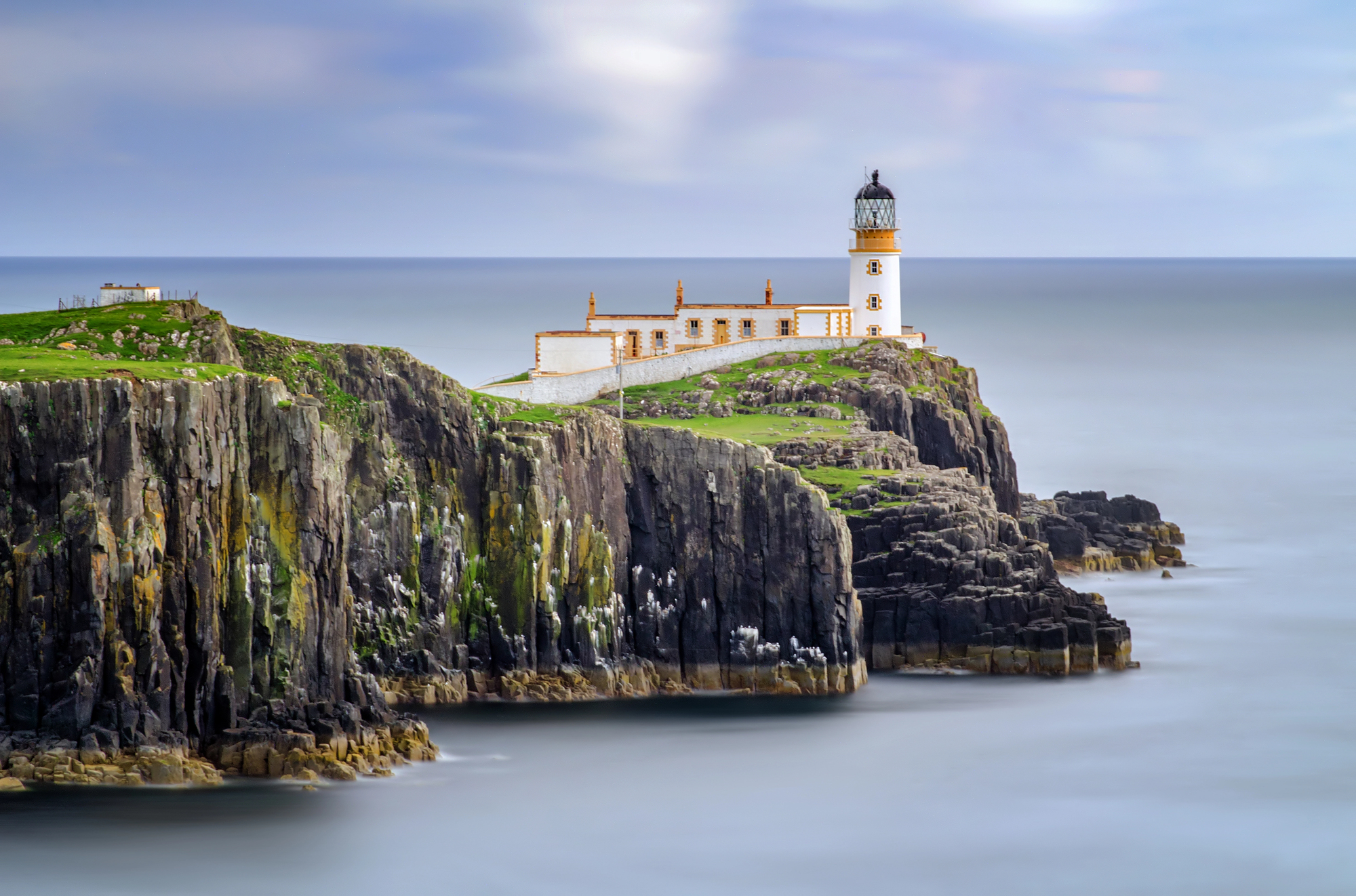
Skye’s otherworldly landscapes reach their full potential when shrouded in mist and low-hanging clouds. The famous Quiraing and Old Man of Storr rock formations become almost mythical when partially obscured, revealing and concealing their features as fog shifts across their ancient faces.
Skye locals have a saying that if you can see the Cuillin mountains clearly, it’s about to rain—if you can’t see them, it’s already raining.
Edinburgh Old Town
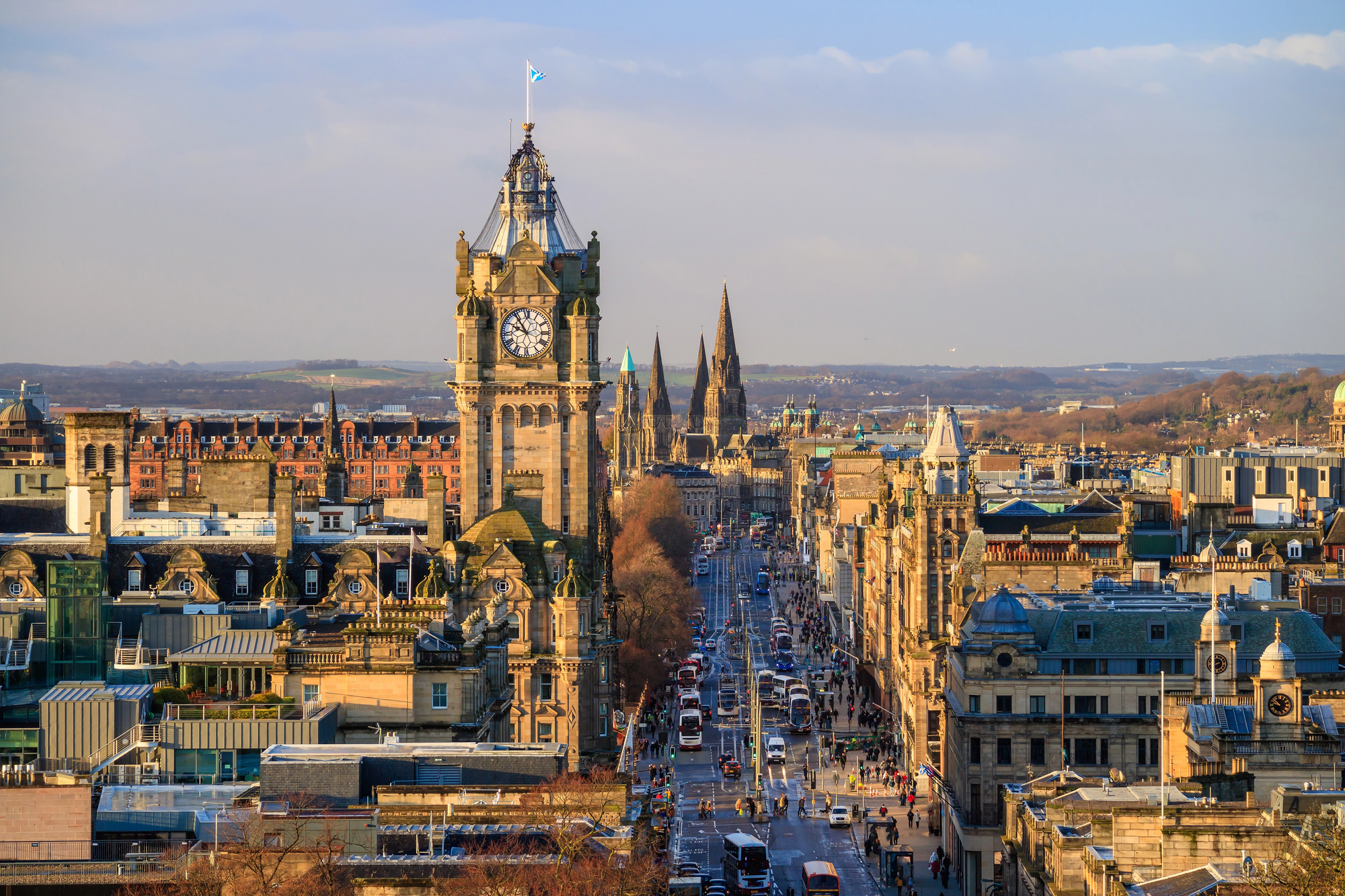
Edinburgh’s medieval core was practically designed for atmospheric gloom, with narrow wynds and closes slicing between centuries-old buildings of blackened stone. Rain-slicked cobblestones reflect the warm glow of pub windows, creating perfect conditions for imagining the city’s darker history of body snatchers, witch trials, and literary villains.
The city’s volcanic perch means that even in dreary weather, dramatic breaks in the clouds can suddenly illuminate Arthur’s Seat or the castle in theatrical spotlights while the rest of the city remains in shadow.
Glencoe
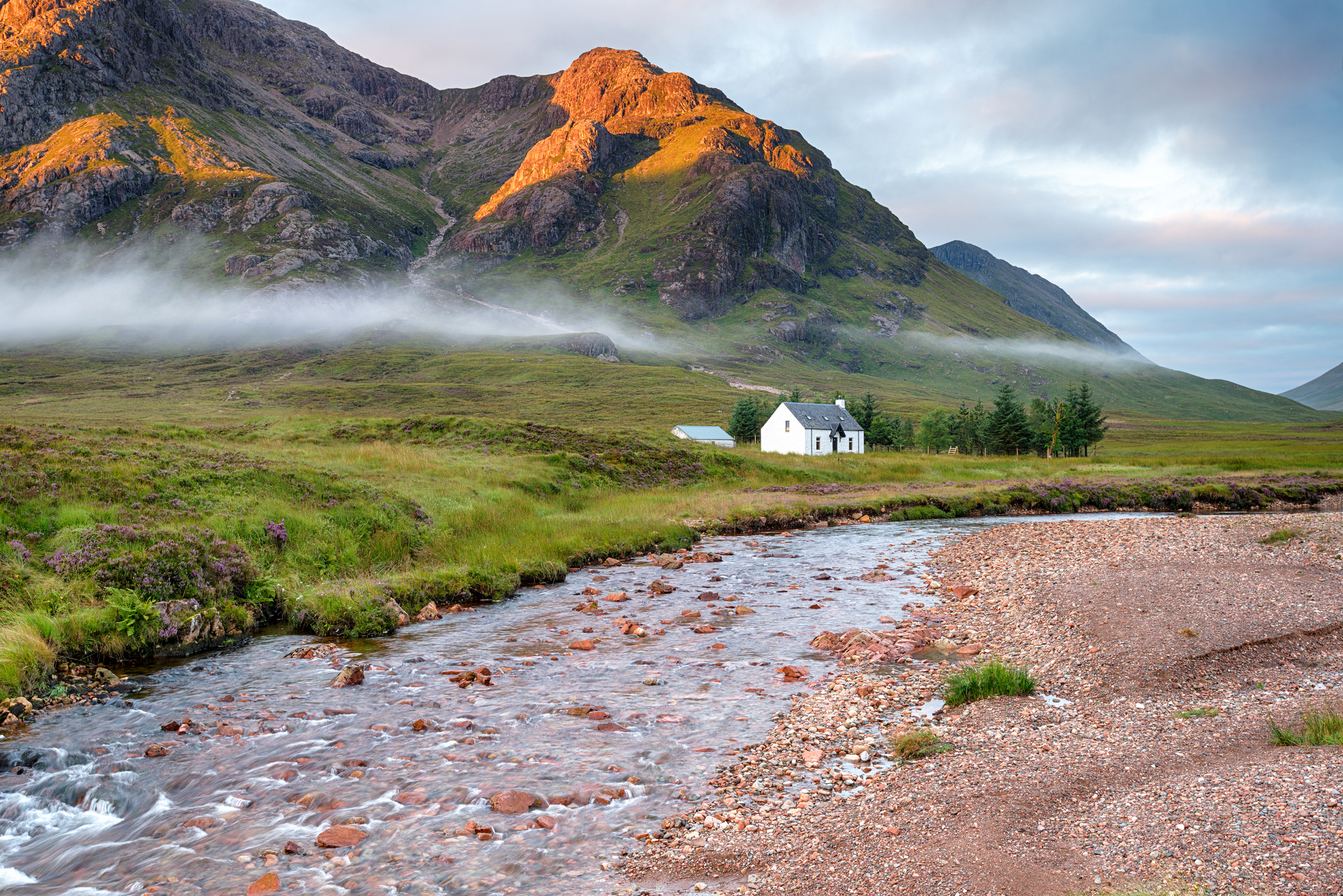
This historic valley achieves its most dramatic presence when storm clouds gather around the Three Sisters mountains and mist crawls through the glen. The brooding atmosphere perfectly complements the site’s tragic history as the location of the infamous 1692 massacre.
Waterfalls that barely exist during dry periods transform into thundering cascades after rainfall, creating new features throughout the landscape that fair-weather visitors never experience.
Like Travel Pug’s content? Follow us on MSN.
Orkney Islands
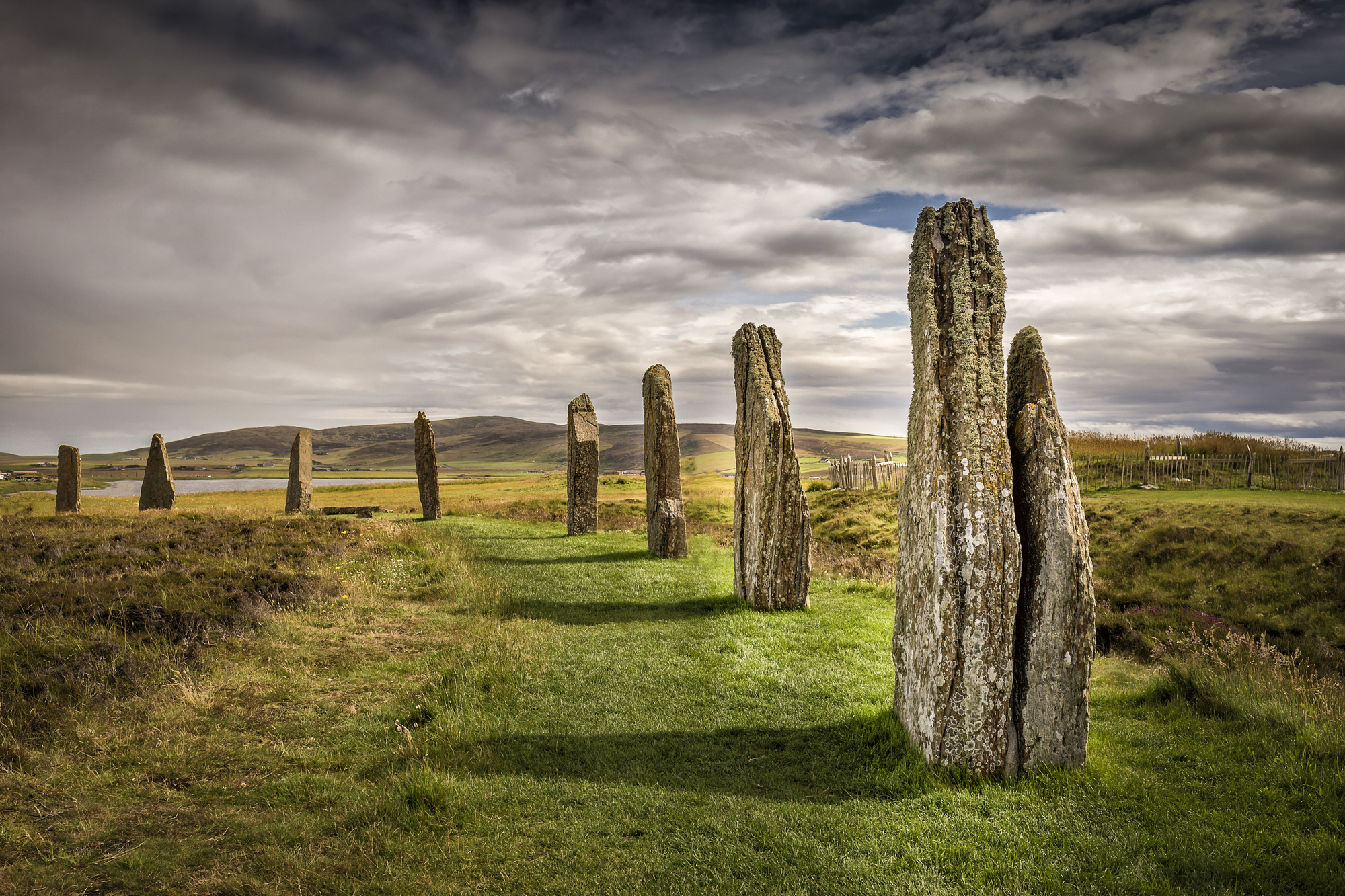
These windswept northern islands sit where the North Sea meets the Atlantic, creating a climate where four seasons can pass in a single afternoon. The UNESCO World Heritage prehistoric sites of Skara Brae and the Ring of Brodgar take on a timeless quality when viewed through rain showers and shifting light.
Orcadian vernacular architecture evolved specifically for this climate, with thick stone walls and small windows that feel most appropriate and cozy when storms rage outside.
Glasgow Necropolis
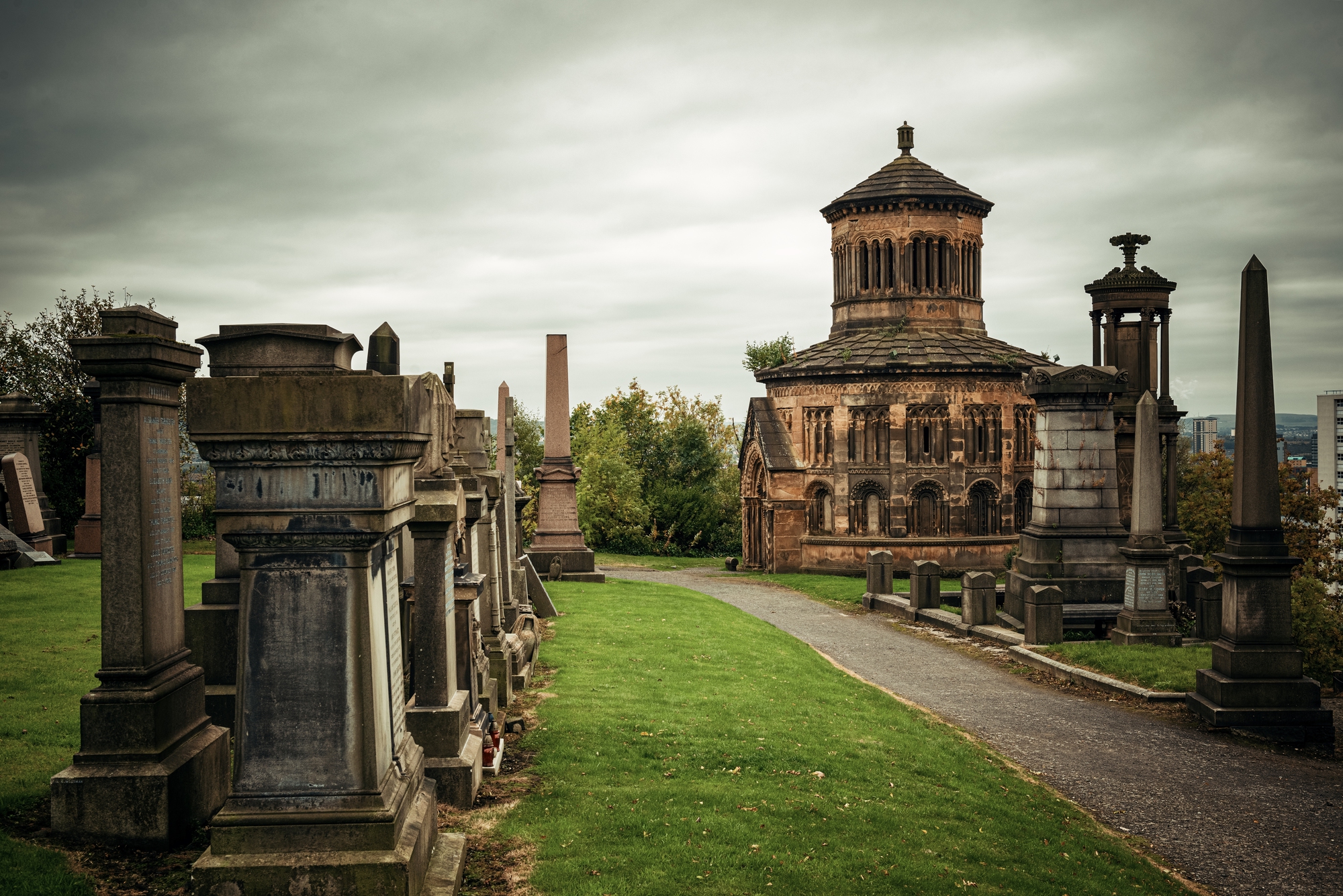
This Victorian cemetery perched on a hill overlooking Scotland’s largest city offers remarkably atmospheric wandering when fog settles among its ornate mausoleums and monuments. The 37-acre burial ground contains elaborate tombs for 50,000 individuals, creating a veritable city of the dead that becomes genuinely transportive under heavy skies.
Rain brings out the deep colors in the weathered sandstone and granite while amplifying the melancholy beauty of this monumental tribute to mortality.
Loch Ness
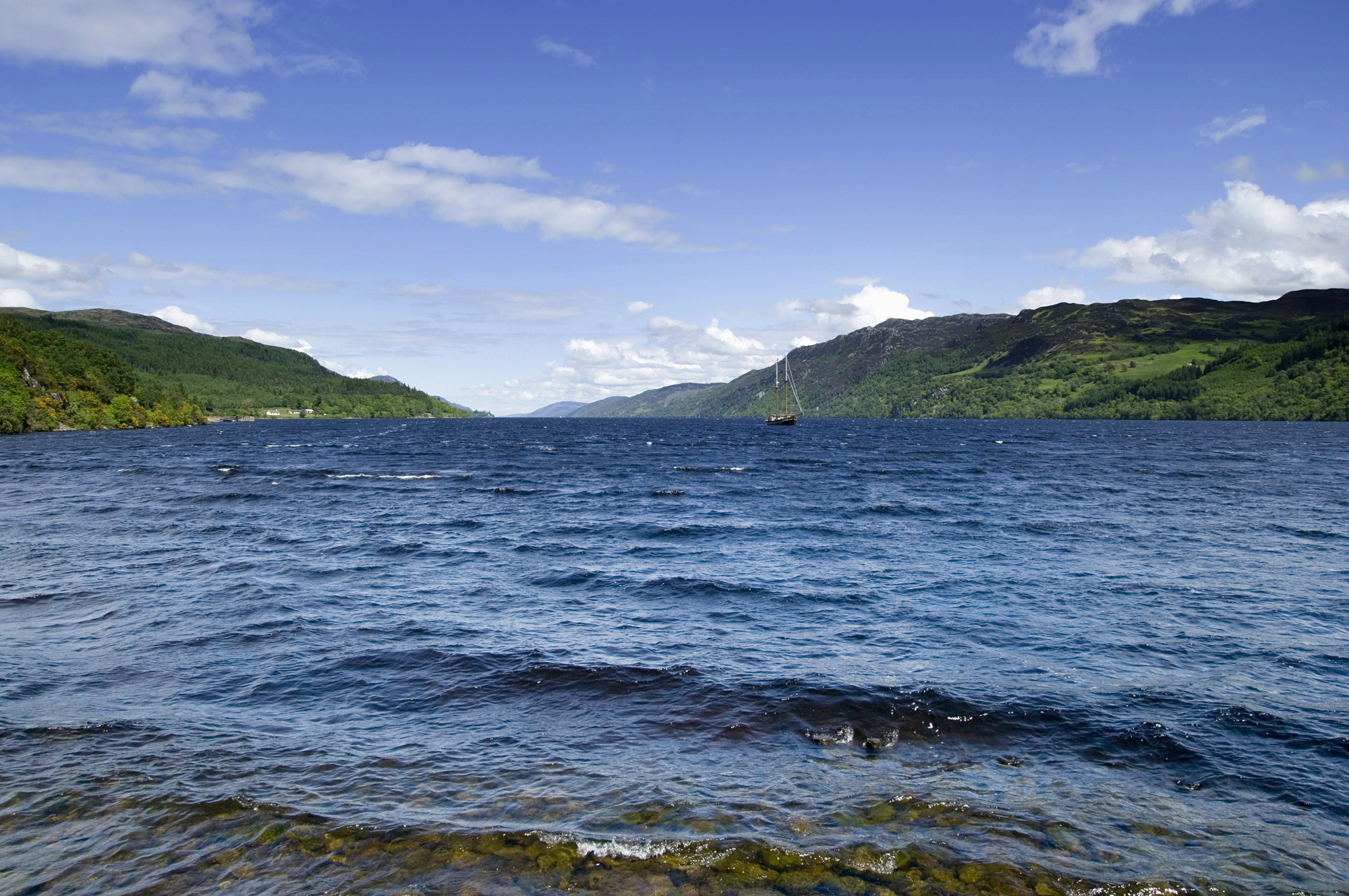
While sunny days transform Loch Ness into merely a pretty body of water, misty conditions restore its legendary mystique and possibility. The loch’s enormous depth creates a distinctive dark coloration that, when combined with shifting fog banks, makes monster sightings seem entirely plausible.
The ruins of Urquhart Castle on the shoreline were built to withstand both human invaders and Highland weather, achieving their most photogenic state when dramatic clouds frame their broken towers.
Like Travel Pug’s content? Follow us on MSN.
Rannoch Moor
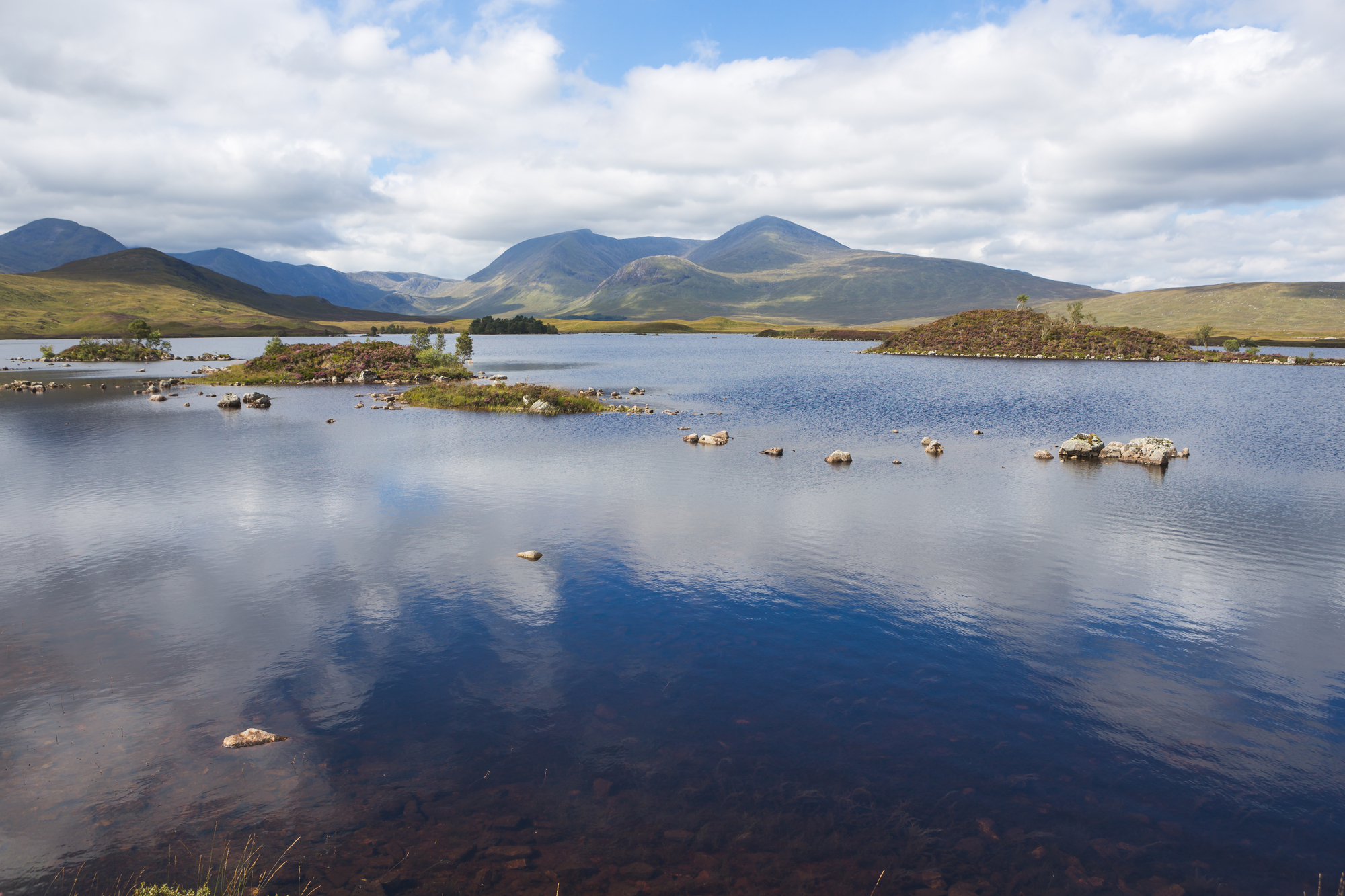
This vast stretch of bogland and scattered lochs in the western Highlands creates one of Europe’s last true wilderness areas. Moody weather transforms the landscape into something primeval, with rain and mist blurring the boundaries between land and water.
The region’s limited shelter and exposure to Atlantic weather systems mean rapidly changing conditions that create ever-shifting light patterns across the moorland—each visitor essentially experiences a unique landscape that may never appear exactly the same again.
Dunnottar Castle
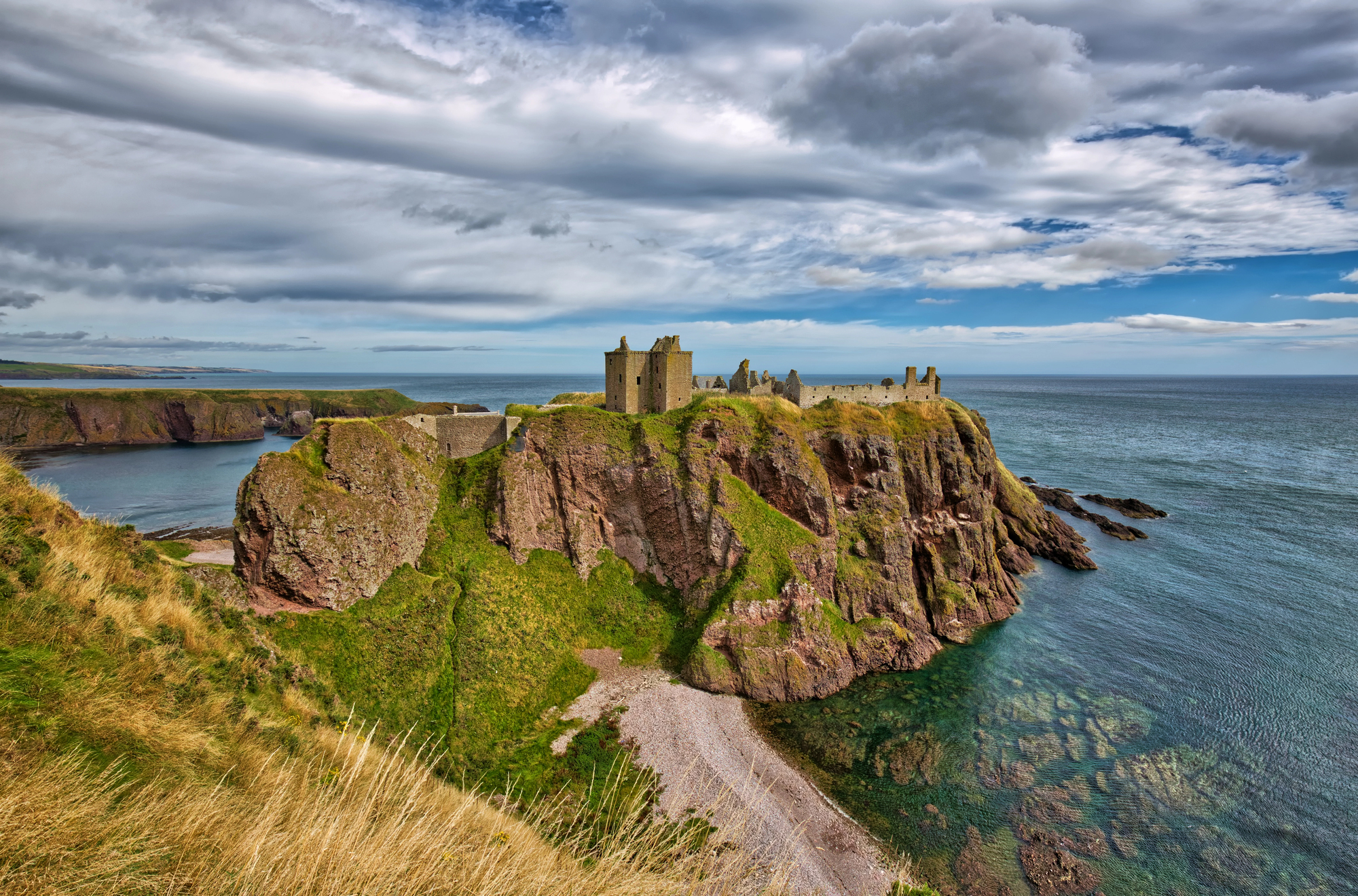
Perched on a rocky headland nearly surrounded by the North Sea, these dramatic ruins near Stonehaven demonstrate why Scottish castles and gloomy weather belong together. Approaching storm fronts, sea fog, and the crash of waves against the cliffs below create a cinematic experience impossible on calm, clear days.
The castle’s position makes it particularly striking during sunrise when breaks in storm clouds can illuminate the ruins while leaving the surrounding landscape in darkness.
Isle of Harris
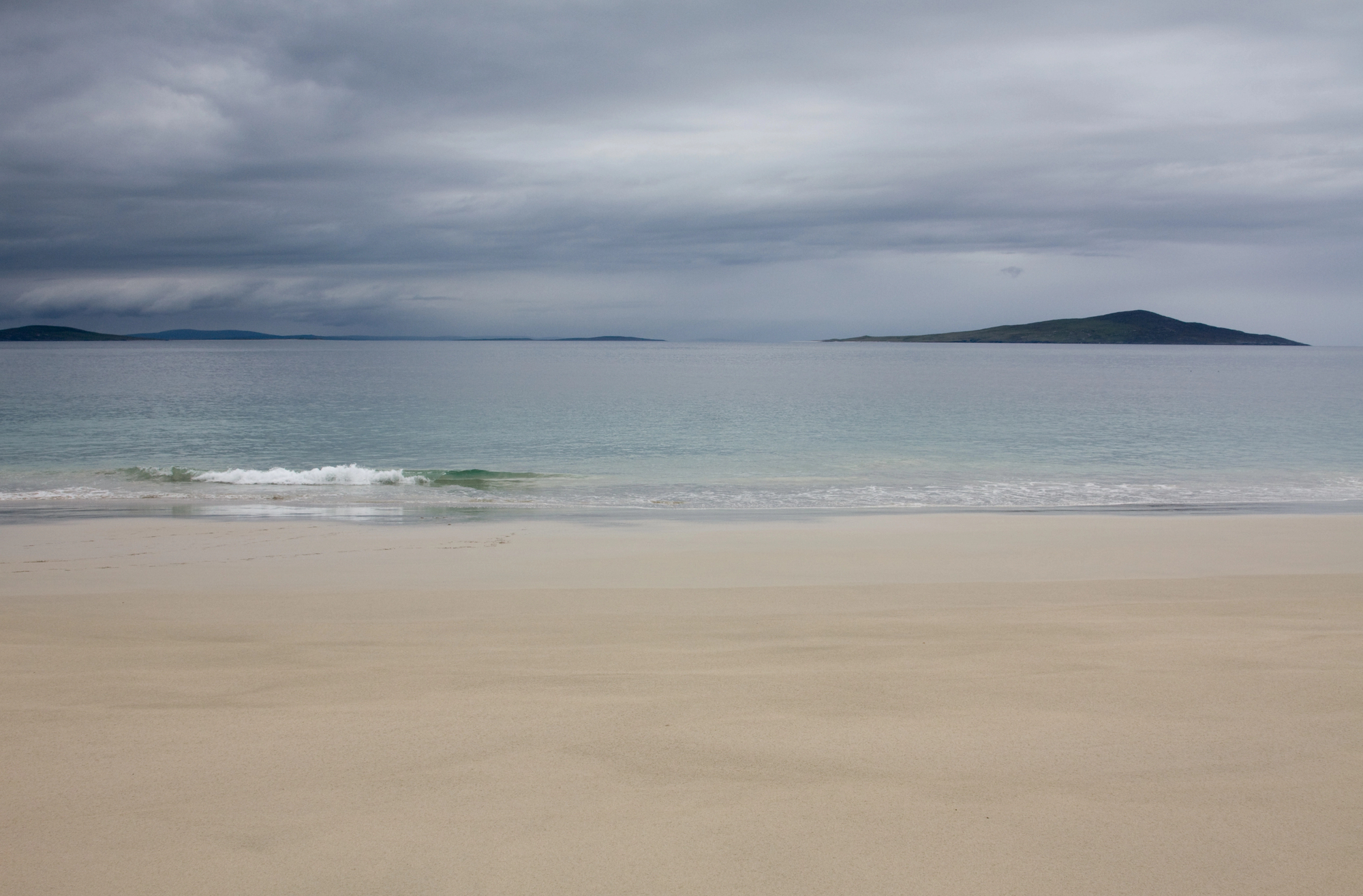
The outer Hebridean island offers otherworldly beauty that peaks when weather moves across its unusual landscape. The contrast between the mountainous north and the white shell-sand beaches of the south becomes most dramatic when fast-moving shower clouds create spotlights and shadows across the terrain.
Harris tweed, the famous local fabric, evolved specifically for this environment—its water-resistant qualities and distinctive earthy colors perfectly complement the island’s atmospheric conditions.
Like Travel Pug’s content? Follow us on MSN.
Cairngorms National Park
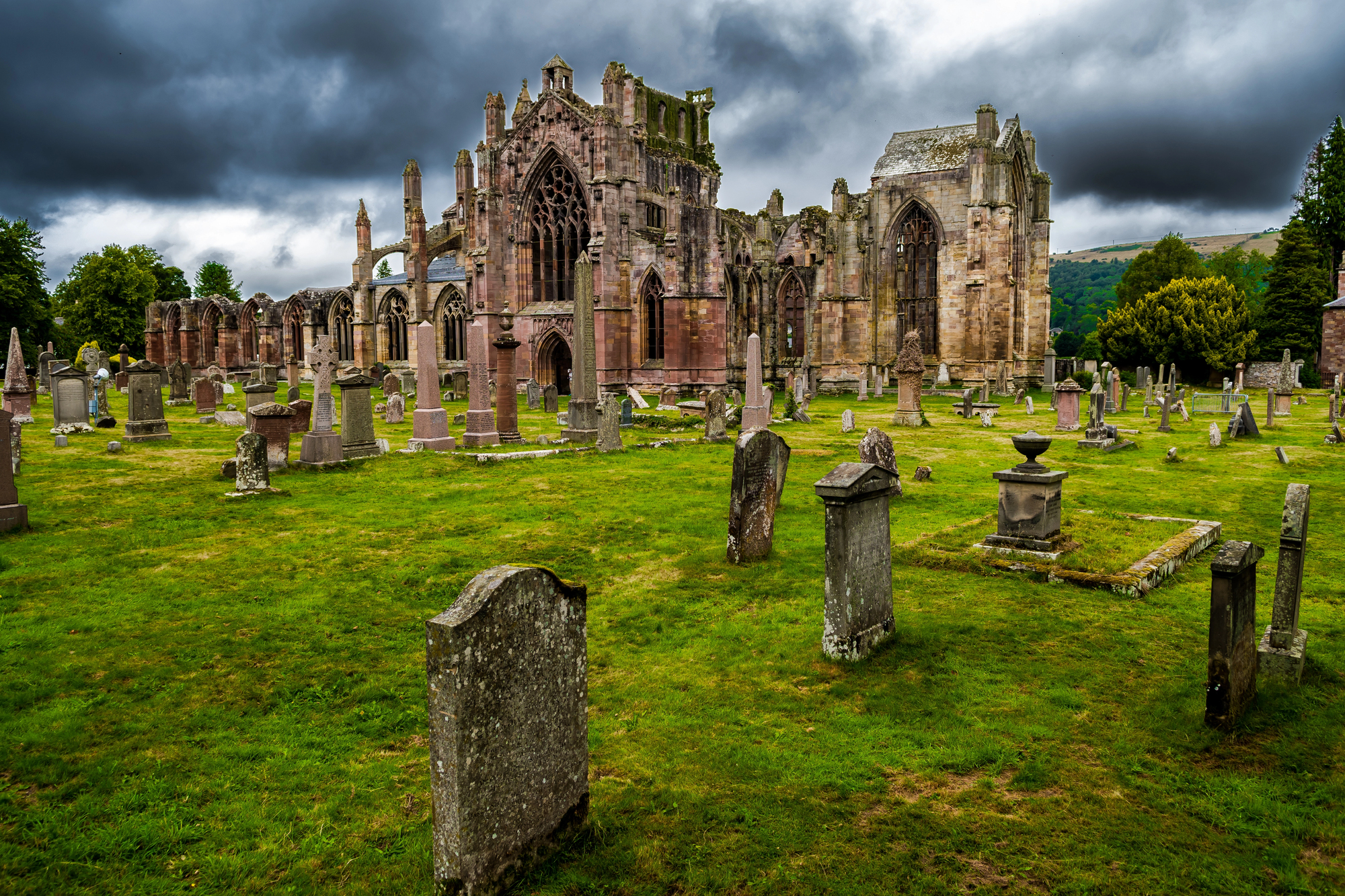
Scotland’s largest national park transforms under brooding skies, with its ancient Caledonian pine forests taking on a primeval character in misty conditions. The park’s arctic-alpine environment features plants found nowhere else in Britain, many of which thrive in the cloud-wrapped mountains.
Winter brings particular atmospheric quality, with snow squalls moving across the plateaus and temperature inversions creating fog seas in the valleys below while mountaintops float above in clear air.
Melrose Abbey

The magnificent ruins of this medieval Cistercian monastery in the Scottish Borders achieve their most evocative state under threatening skies and gentle drizzle. The red sandstone absorbs the moisture and deepens in color, bringing out architectural details often missed in harsh sunlight.
The abbey’s partial rooflessness means raindrops occasionally break the silence inside, creating natural music among the ancient stones where monks once chanted their prayers.
Fingal’s Cave
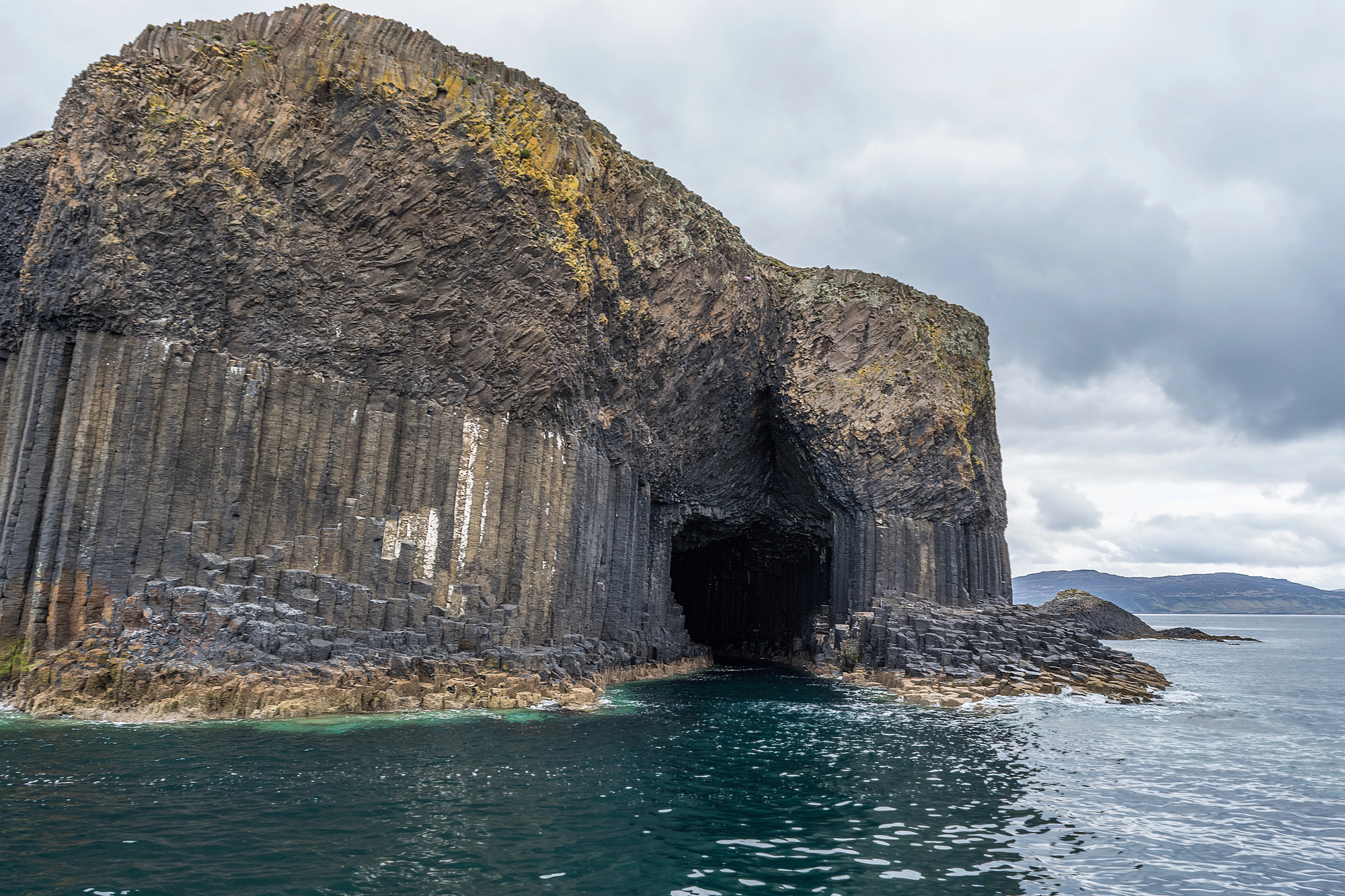
This sea cave on the uninhabited island of Staffa features distinctive hexagonal basalt columns similar to Ireland’s Giant’s Causeway. During stormy weather, the cave’s remarkable natural acoustics amplify the sound of waves crashing inside its chamber, creating the ‘melodious cave’ effect that inspired Mendelssohn’s famous overture.
The challenging sea conditions during unsettled weather make reaching the island more difficult, but reward visitors with a wilder, more authentic experience of this natural wonder.
Like Travel Pug’s content? Follow us on MSN.
Dean Village

This historic milling community built along the Water of Leith in Edinburgh transforms in the rain, with the sound of the river rising to reclaim its central role in the village’s identity. The preserved 19th-century architecture takes on a storybook quality when mist softens its edges and raindrops trace paths down colorfully painted facades.
Overcast conditions bring out the richness in the sandstone buildings while creating peaceful, people-free moments in what can otherwise be a tourist-heavy location.
Pluscarden Abbey
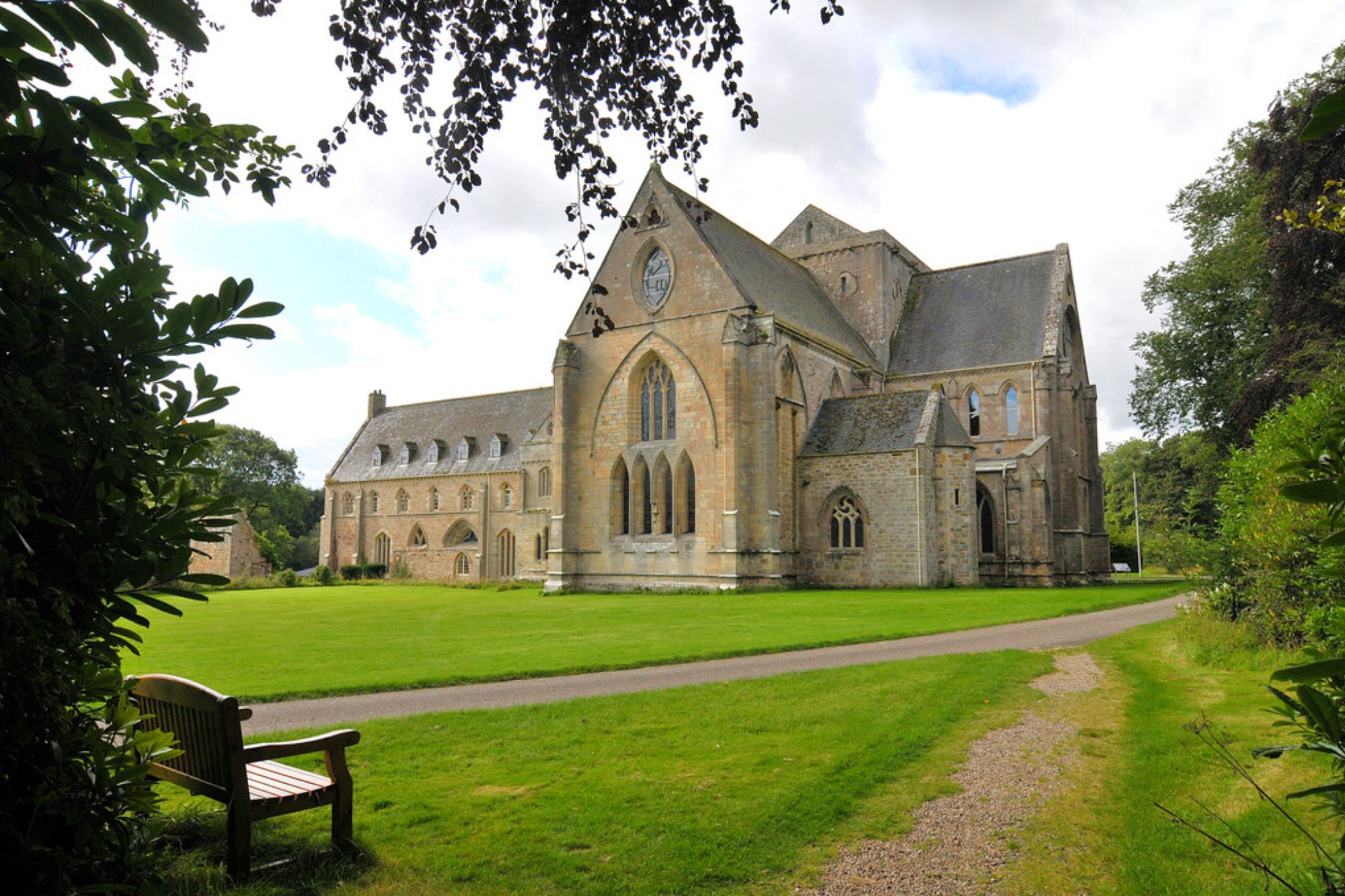
This working Benedictine monastery near Elgin dates to the 13th century and remains the only medieval monastery in Scotland still used for its original purpose. Approaching rain fronts create dramatic skies above its pink-hued stone buildings, while the mist often settles in the valley that shelters the abbey from harsher weather.
The monks maintain a tradition of Gregorian chant that resonates differently through the ancient stones when rain provides gentle percussion on the roof above.
Loch Coruisk
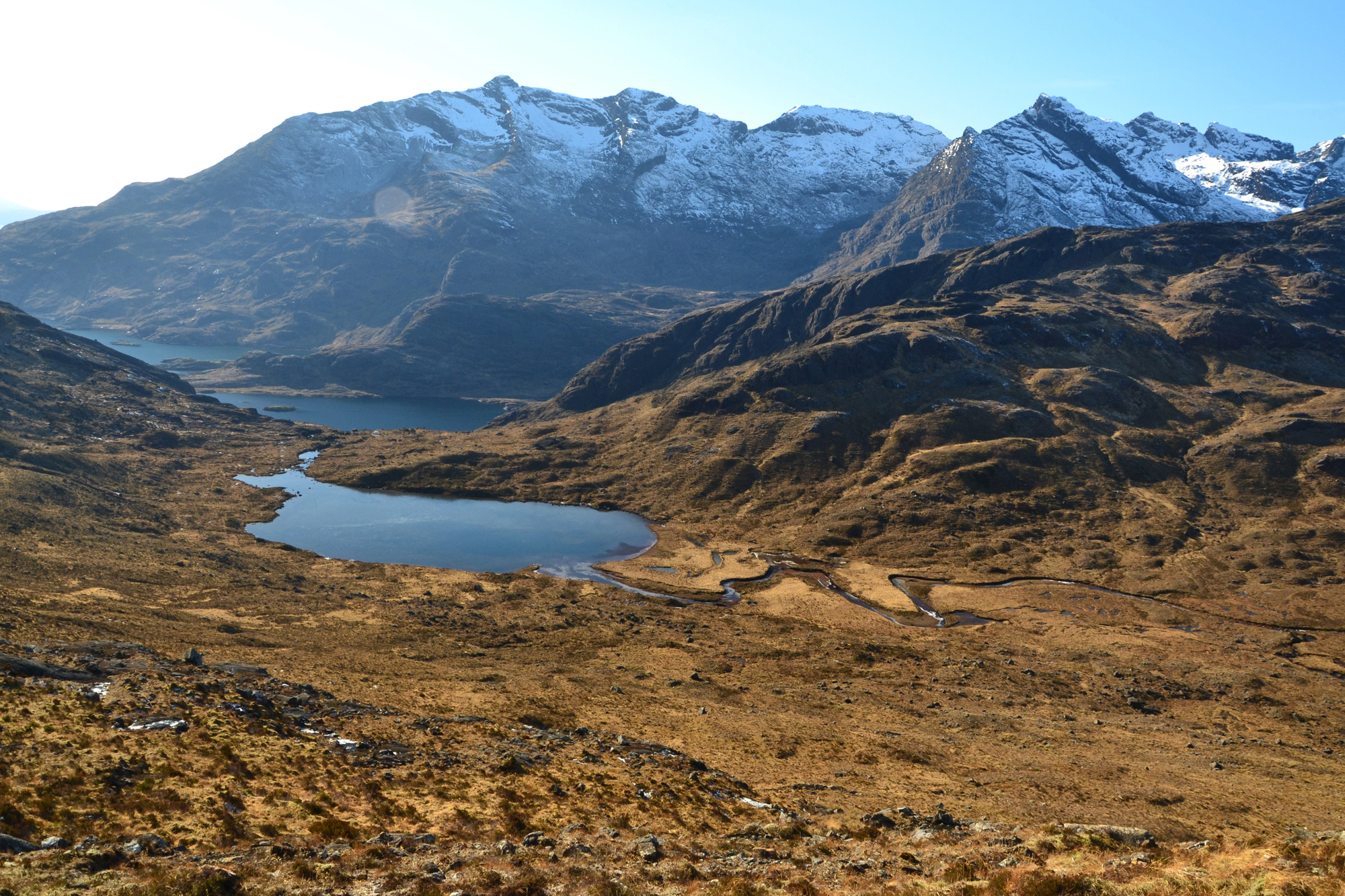
Hidden in the heart of the Cuillin mountains on Skye, this freshwater loch surrounded by imposing peaks is accessible only by boat or challenging hike. Its remote location and lack of facilities mean few experience it in inclement weather, yet these conditions showcase the location at its most sublime and fearsome.
The Victorians considered this landscape the epitome of the picturesque when viewed through the appropriate atmospheric filter of Highland gloom, inspiring artists and writers seeking spiritual communion with untamed nature.
Like Travel Pug’s content? Follow us on MSN.
Weather as Character, Not Obstacle
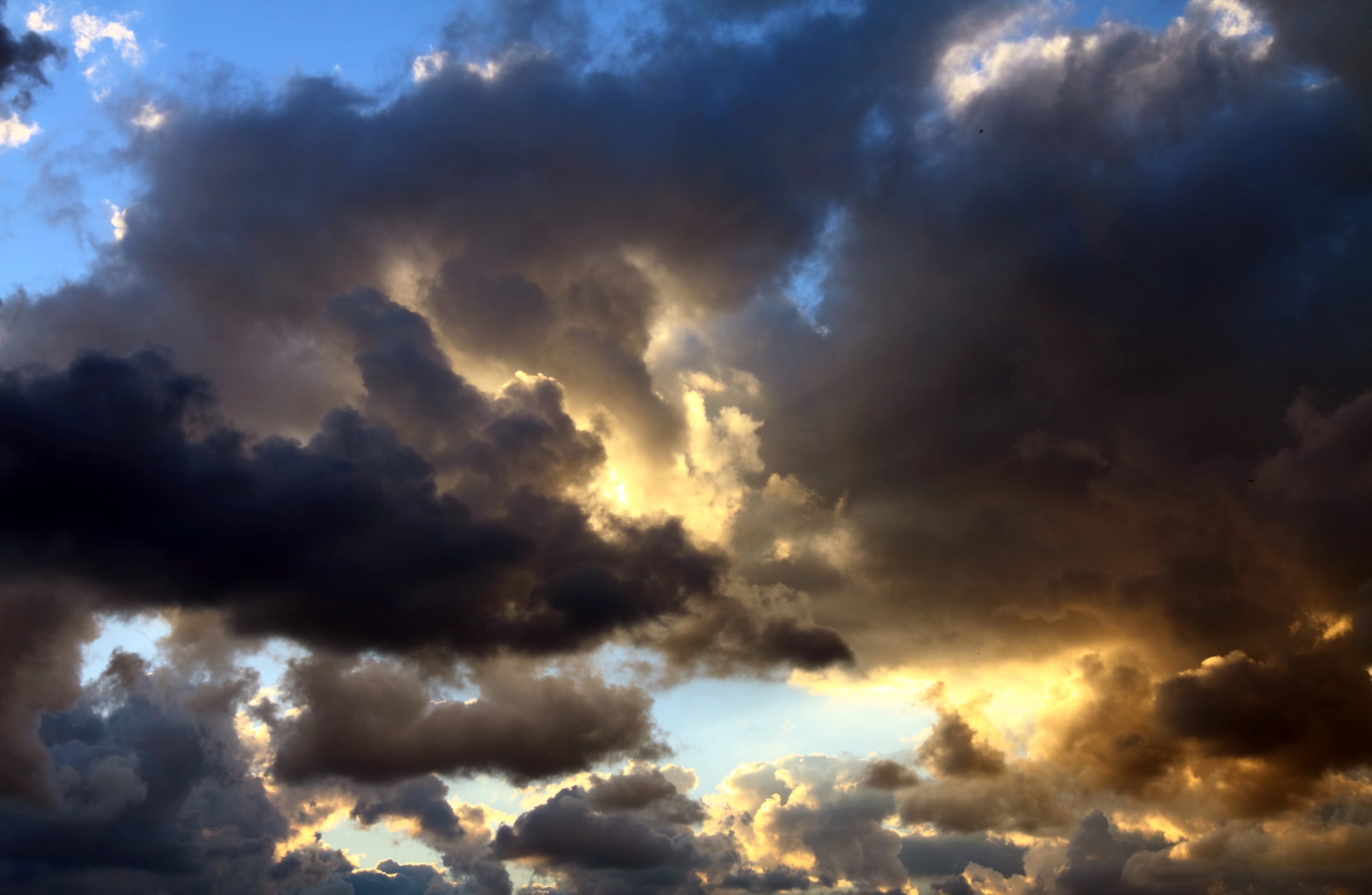
Scotland’s gloomy days offer authenticity and drama that sunshine cannot deliver, turning weather itself into a travel companion rather than an adversary. These fifteen destinations prove that embracing rather than avoiding atmospheric conditions creates more memorable, more profound travel experiences.
In a world increasingly curated for Instagram perfection, Scotland’s moody climate provides something increasingly valuable—genuine, unfiltered moments where nature dictates the terms of engagement, revealing beauty that fair-weather travelers will never witness.
More from Travel Pug

- Cities Growing so Fast You Won’t Recognize Them in 10 Years
- 13 Destinations Where Tourists Regularly Regret Their Trip
- 20 Obscure WWII Sites Even History Buffs Don’t Know About
- 10 Under-the-Radar Mountain Towns That Are Both Affordable and Beautiful
- Remote Villages in Europe Where You Can Live for Free in Exchange for Work
Like Travel Pug’s content? Follow us on MSN.
